June 26, 2024 | 10:07 GMT +7
June 26, 2024 | 10:07 GMT +7
Hotline: 0913.378.918
June 26, 2024 | 10:07 GMT +7
Hotline: 0913.378.918
Instead, geopolitical strife and heightened weather risks are stalking the oceans, creating snarl-ups, market imbalances and routing conundrums for anyone in the business of grain shipping.
The partial closures of the Red Sea and Suez Canal due to attacks by Houthi militants have been game-changers for shipping this year. Bulk shipping has been less impacted than the container sector quite simply because more bulker owners are willing to risk rocket attacks to avoid diverting around southern Africa. Even so, the disruption has had a significant impact on operations and the cost of shipping commodities in 2024.
“Our analysis suggests that the restrictions associated with the Red Sea/Suez have added approximately 40% to 50% to freight rates across the dry bulk markets,” Plamen Natzkoff, head of Dry Bulk Freight and Commodities Research, MSI, told World Grain.
The other key artery for shipping, the Panama Canal, also has been a bottleneck for shipping this year with capacity restricted due to drought, constraining access for bulk carriers.
This had a particularly detrimental impact on US grain exports to Asia via the Mississippi River system and the US Gulf, said Ken Eriksen, managing member of Polaris Analytics and Consulting.
“US grain exports via Panama went to almost zero on some weeks during the peak season,” he said. “At first, they were going through Suez and then the Red Sea, but of course, that quickly stopped. This diverted cargo away, and Brazil was able to pick up some of that market in Asia. But this will come back as the situation improves.”
The increased sailing distances resulting from diversions to avoid the world’s two famed Canals have combined with rising demand to put strong upward pressure on freight rates across the dry bulk sector.
“The dry bulk freight markets performed unseasonably well through the first few months of 2024, and had their best Q1 since 2010,” explained Natzkoff.
“In terms of cargo volumes, Brazil had its highest ever Q1 exports of iron ore as dry weather at the end of 2023 allowed miners to boost output. The large distances between Brazil and its main iron ore customers in China served to leverage the impact of strong volumes, accentuating the impact on the markets.
“As well as the impact of larger volumes, markets were supported in Q1, and continue to be supported, by the longer sailing distances associated with having to avoid transiting through the Red Sea/Suez and the Panama Canal. By increasing the sailing distances required, the restrictions at these two chokepoints have helped to tighten the market substantially.”
Aside from two of the world’s leading arteries suffering from limited effective capacity, Alexander Karavaytsev, senior economist at the International Grains Council (IGC), said grains and oilseeds shipments also have been hampered by difficult conditions — either too low or too high water levels — on key waterways across the US Midwest, which led to barge freight restrictions and added to logistical costs for US exporters.
“Additionally, in Brazil, shallow water levels on the Amazon River disrupted inland cargo movement to the Northern Arc ports in the last quarter of 2023 and shifted some flows to the main southern ports, thereby increasing pressure on port logistics,” said Nathan Kemp, IGC senior economist. “Occasional shipping difficulties were also observed on the key Rhine River in Germany.”
Issues with low water in Europe flipped in June when high water levels forced closures of sections of both the Rhine and Danube to freight because vessels could not pass under bridges safely.
Grain shipments also have helped tighten the bulk carrier market in 2024. Filipe Gouveia, shipping analyst at BIMCO, told World Grain that between January and April 2024, ships in the supramax and handysize segments had benefited from 2% year-on-year stronger cargo demand and longer average sailing distances.
“From the cargo side, grain shipments have been particularly strong, up 8% year-on-year, partly driven by stronger volumes from Argentina and the US,” he said.
For grain shippers, all of this has resulted in a highly volatile market. In the first week of June 2023, the IGC Grains and Oilseeds Freight Index was at 125. It then hit a 12-month low in July before rising to a 12-month peak of 191 in December. As of June 4, the Index had subsided to 148.
With negatives easy to find, there is some good news for those reliant on trading internationally. Shipping in general has found ways of coping with the extra distances of sailing via the Cape of Good Hope.
Perhaps more significantly for global grain availability, Ukrainian exporters have been able to resume business via Black Sea and Danube ports as the Russian navy has been forced to withdraw and Russian missile and drone attacks have become less effective.
In addition, after Russia withdrew from the Black Sea Grain Initiative (BSGI) last July, Ukraine established the Ukrainian corridor, a route passing through the territorial waters of North Atlantic Treaty Organization’s member states of Romania, Bulgaria and Turkey. This has enabled Ukraine to resume high volume shipments of agricultural products since October 2023.
The US Department of Agriculture (USDA) raised estimates of Ukraine’s overall marketing year 2023-24 grain and oilseed product exports, including wheat, coarse grains, oilseeds, vegetable oils and protein meals, by 7.3 million tonnes from January to April of this year.
At the start of June, the Panama Canal Authority announced it was increasing the draft of vessels allowed to use the system to 45 feet two weeks earlier than planned due to the expected onset of the rainy season in the region.
“While that is still below the long-term average of 50 feet, it should allow increased loading of vessels,” noted S&P. “Over the longer term, the Canal is still exposed to climate change risks.”
This increase in capacity will offer a welcome respite for grain shippers. The Panama Canal is a major chokepoint for a significant volume of grain trades, averaging around 30 million to 34 million tonnes per year, with grains the second largest commodity flowing through the Panama Canal after only oil and oil products, said Natzkoff. He said most of the grains routes that go through the Panama Canal are moving on East Coast South America-Asia or US-Asia routings with the main commodities being corn, soybeans/meal and wheat.
“Over the past 12 months, since restrictions on transits were put in place in May of last year, industry data suggests an overall drop in dry bulk volumes going through the Panama Canal of approximately 13% to 15%,” he said. “Those volumes will have been diverted on fronthaul routes instead — US to Asia via Suez and East Coast South America to Asia via the Cape of Good Hope.”
The increase in capacity will enable grain flows to resume more efficient, less expensive, routings between the Pacific and Atlantic oceans.
However, the challenging weather that has restricted Panama Canal capacity also could play a different disruptive role in bulk shipping this summer, especially in the US Gulf. According to the National Oceanic and Atmospheric Administration, the 2024 Atlantic hurricane season is expected to be more active than normal with the most disruptive storms usually occurring in late summer.
Large-scale port closures on a localized basis are an almost annual event. In recent years, Hurricane Irma in 2017, Hurricanes Florence and Willa in 2018, Hurricane Dorian in 2019, Hurricane Laura in 2020, Hurricane Ida in 2021 and Hurricane Ian in 2022 all have proved significant shipping events, noted S&P. Last year brought Hurricane Idalia on the East Coast and Hurricane Hilary on the West Coast.
“The impact is most typically felt by ports in the Gulf Coast, including Houston and New Orleans, although closures further up the southeast coast and even the northeast are not unknown,” noted the analyst.
Ports typically only remain closed for a few days, but recovery can take a couple of weeks to achieve, while the most extreme events can cause weeks of disruptions, as shown by Hurricane Sandy in 2012.
Any shipping disruption effectively reduces the effective capacity of the global fleet of bulkers. This has been particularly relevant in 2024 because the orderbook has been relatively static, certainly compared to container shipping, which has seen record deliveries this year.
Uncertainty concerning cargo demand usually explains owners’ eagerness to order new ships.
“Over the past years, cargo demand in the dry bulk market has grown slowly and the market has stayed strong in part due to geopolitical disruptions such as the attacks in the Red Sea and sanctions on Russian coal,” Gouveia said. “Decarbonization dampens the long-term outlook for some dry bulk commodities. Coal shipments could peak within the next 10 years, or may have even already peaked, while advances in green steel manufacturing using scrap steel could affect iron ore shipments in the long run. However, decarbonization has also supported dry bulk cargoes such as steel, aluminum, bauxite and other ores.”
He said the combined Supramax and Handysize fleet had grown by 3% year-on-year so far in 2024, although effective supply was expected to grow slightly slower than the fleet because sailing speeds have slowed.
“So far this year, demand has grown faster than supply, strengthening freight rates,” he said.
He added that a combination of uncertainty regarding alternative fuels, long delivery times and high prices for newbuilds had further limited newbuild contracting.
“Shipyards are still occupied by orders for ships in other sectors such as container and LNG,” he said. “A ship contracted today may only be delivered after 2026, especially in the case of larger ships. Nonetheless, we believe that amid an aging fleet and increasingly strict climate regulations, contracting is bound to recover.”
However, for owners looking at the supply-demand balance in the short and medium term, Red Sea vessel diversions loom large. Put simply, the reopening of the Suez Canal could reverse the current market very quickly, causing freight rates to tumble as quickly as they have risen, perhaps by as much as the 40% to 50% they have gained this year, according to MSI.
“If and when the Suez Canal re-opens, market supply-demand balances and rates are likely to see a substantial re-adjustment,” Natzkoff said.
(WG)
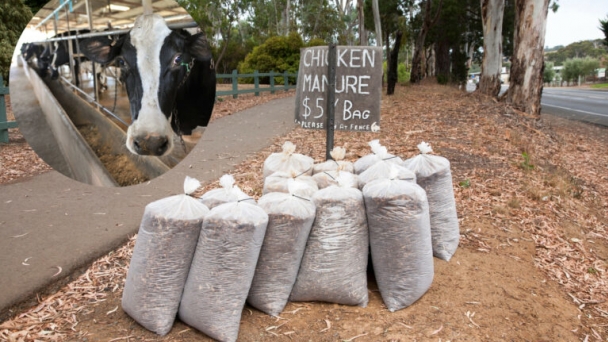
(VAN) Concerns about the spread of avian influenza to dairy cows in the US has prompted a US Senator to introduced legislation aimed at eliminating the factory farm practice of adding animal excrement to livestock feed.
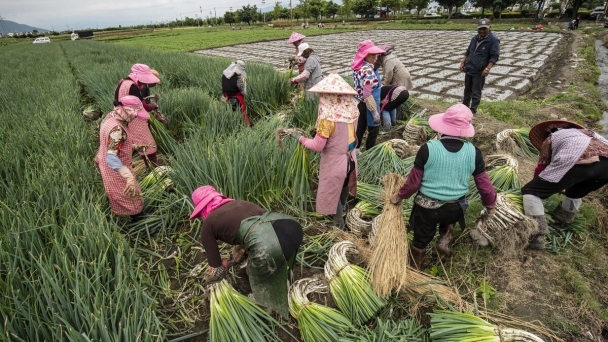
(VAN) China is further restricting fertilizer exports, as it seeks to contain domestic prices, cut farming costs and bolster grain security.

(VAN) Hundreds of thousands of doses of zoonotic influenza vaccines to prevent avian influenza have been snapped up by the European Commission as part of its mandate on preparedness.
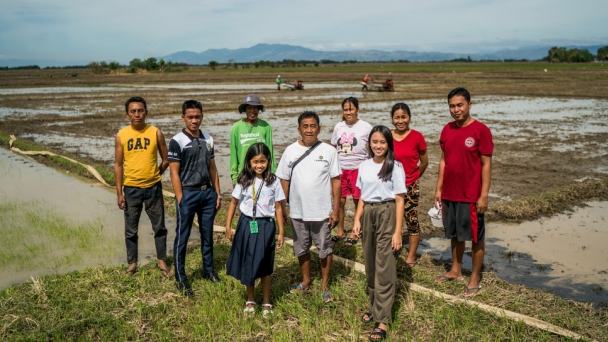
(VAN) Some 2.4 million Filipinos work as rice farmers. But for young people, a rice farmer’s grueling and often impoverished life holds dwindling appeal.
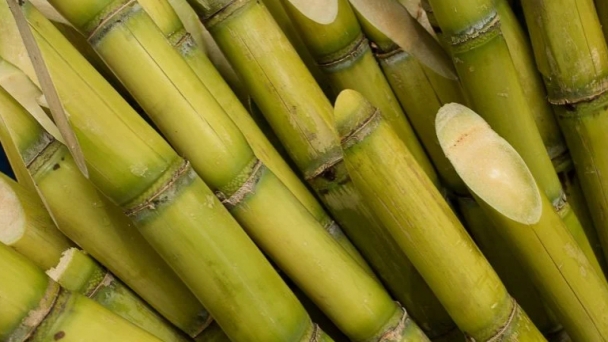
(VAN) Researchers optimized sugarcane’s leaf angle using CRISPR gene editing, enhancing its sunlight absorption.

(VAN) The former paper mill worker was part of a global team of researchers whose findings could transform food production yields.
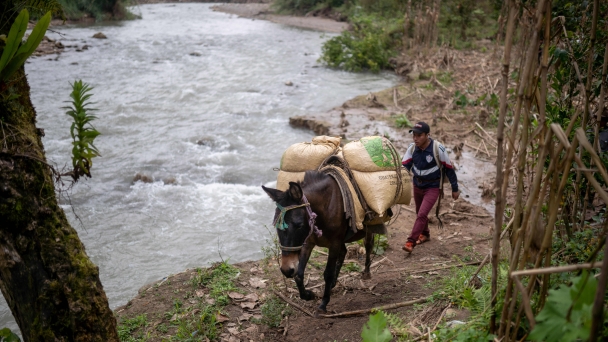
(VAN) Initiatives will deliver greater resilience in face of climate change, biodiversity loss and land degradation.